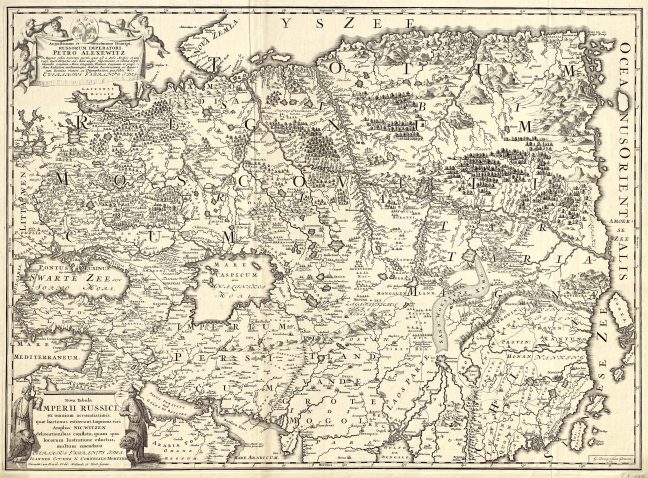
…and how it became what it is today
(Please be advised that what follows is a compilation of all information found on the history leading to Systema as it is known today. Versions may vary however we looked to gather facts to the best of our knowledge. Should you have any information that varies from what is written below, please contact [email protected] with verifiable evidence and we will be happy to amend and correct)
Saint Nestor the Chronicler (c. 1056 – c. 1114) referred to an already established and already illegal practice of fisticuffs used in what was said to be pagan celebrations as part of Mass celebration. These fierce fighting traditions would grow and evolve into the traditional Cossacks fighting arts.
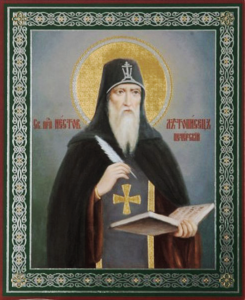
Russia has needed, throughout its history, to repel invaders from all sides. With battles occurring on all types of terrain and in all types of weather (freezing winters, sweltering summer heat) and in many instances, with Russians often greatly outnumbered by enemy forces.


Forged by these hardships, Russian warriors grew and developed styles and tactics that become innovative, versatile, practical, deadly and effective in many types of situations and circumstances.
Russian Fighting prowess became well known (And feared) and some Chinese emperors have been known to have Cossack bodyguards (Qing Dynasty)
The early 1900’s history records are suspected to have been tainted with misinformation with the rise of the Soviet Union.
The Russo-Japanese War (Feb 8, 1904 – Sep 5, 1905) appears to have begun the chain of events from where various branches of modern-day Systema find their origin. Russia, in losing a war against people that were both shorter in height and coming from a much smaller country than theirs, was interested in finding out what factors had played a role in its defeat.
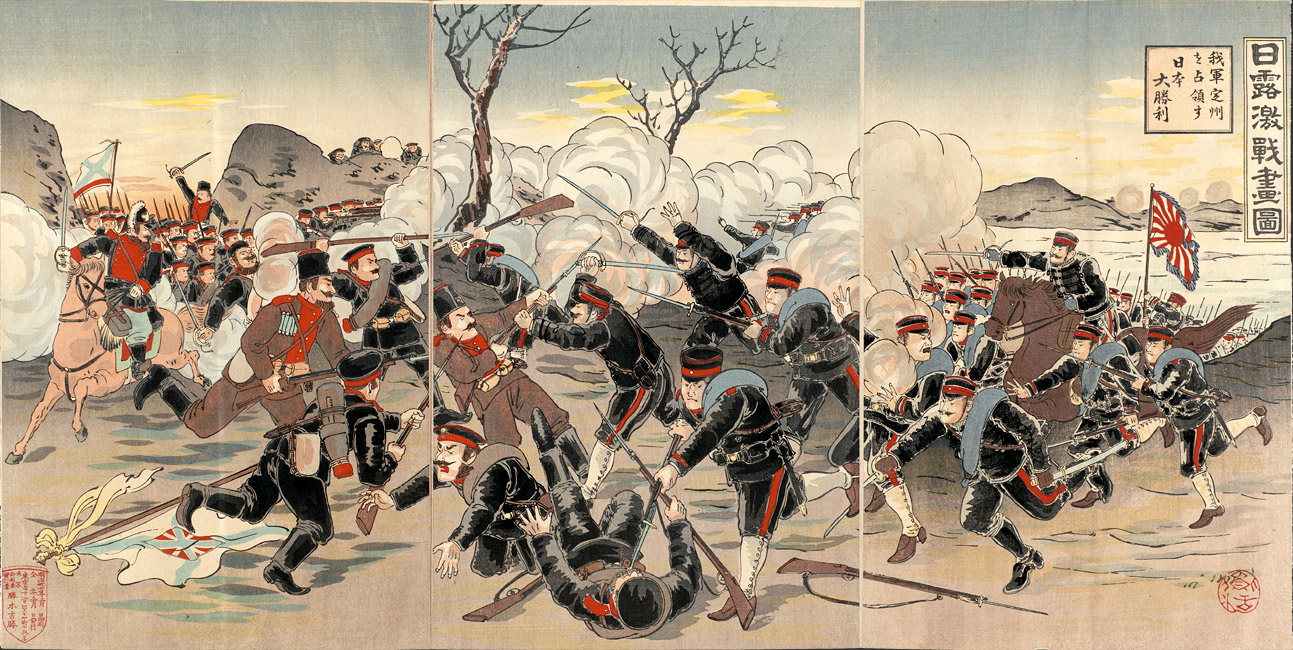
Veteran martial artists from Russia were recruited and were to be sent out to various Asian countries. India, Mongolia, Japan and China were visited and researched however whether or not the Philippines and Indonesia were visited is still subject to debate yet strongly suspected as various interpretations of Systema do appear to display influences from arts such as Kali, Eskrima and Silat.
Two of these three major researchers did spend a long period studying Judo. Upon their return to Russia they shared their findings: not only the martial approach of judo but the social structure and ranking, the way it was infused in the military school system as this greatly impressed them.
As such, traditional Russian arts, along with an infusion of Japanese and Chinese martial arts appear to have been integrated to generate new styles based solely on biomechanics and science, and only on what would work.
This knowledge was then divided into three tiers: sport Sambo, combat Sambo (initially reserved for tsarist special forces (Okhrana)) and Samoz.


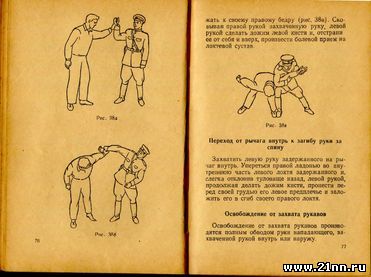
This knowledge was then divided into three tiers: sport Sambo, combat Smbo (initially reserved for tsarist special forces (Okhrana)) and Samoz.

The creator of Samoz, Viktor Afanassievitch Spiridonov, born December 20th 1882 joins the regular army at the age of 17 where he distinguishes himself and is directed and graduates from the Kazan Infantry School. He is then promoted to officer in the Imperial Army.
In 1905, he takes part in the Russo-Japanese War and is sent to Manchuria where he is decorated at the end of the conflict for having distinguished himself during the war.
It is during this period that he studies a European version of Japanese Ju-jitsu. V.A. Spiridonov is an expert in applied military gymnastics, a mix of physical conditioning and fighting techniques; at that time, there was no “official” combat system systematically taught to military personnel as this type of instruction would only come later, after the October Revolution.
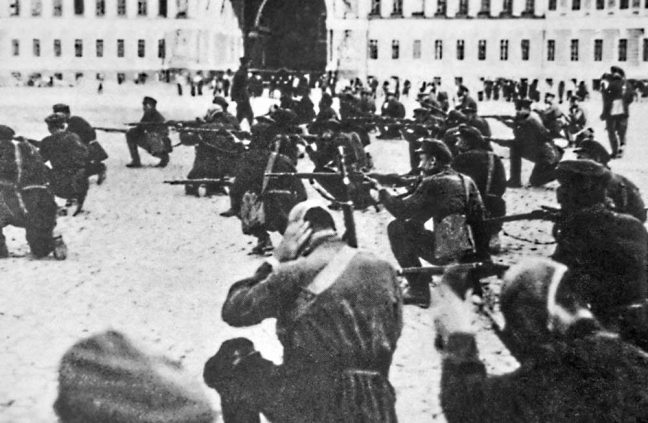
Viktor Spiridonov takes part in the First World War during which he is crippled by a bayonet. He is then removed from the conflict and remains in the army as a reservist and remains as such during the October 1917 Revolution but as he favors it, he resumes service.
In 1919, he works for the Red Army Armored Vehicles Directorate then, as part of Vladimir Lenin’s “Vsevobuch” (General Military Instruction), becomes a self-defense and sports instructor for the Moscow District.
For Samoz, he selects types of exercises that are the most appropriate and adaptable to all situations. The concept of “technique” is absent from his system, it is based more on knowledge of the biomechanical functions of the human body and of psychology (psychophysiological awareness) focused on being able to cope with worst-case scenarios in the most extreme and adverse conditions, while considering stress factors, fear and despair.
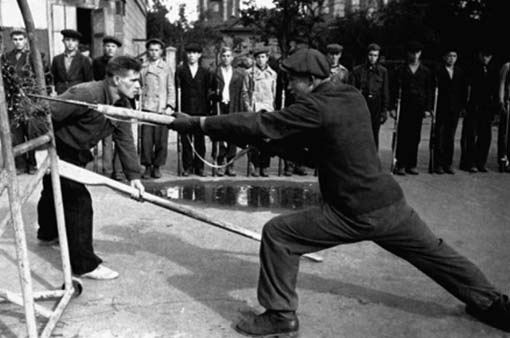

The “Dinamo” sports club is created in 1921 through the State Political Directorate (GPU), the Soviet political police which would also be at the origin of Soviet security organizations such as the KGB, NKVD and MVD.
Opinions vary and are difficult to assert, once again due to misinformation but it is presumed that a merge occurred
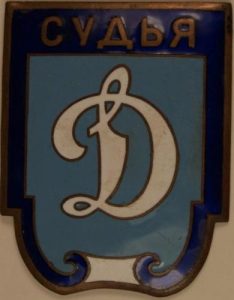
with the above-mentioned traditional Cossack fighting arts: most of the instructors of such lineages were then asked to integrate their knowledge and many were rumored to have been killed and many decided to go into hiding and kept these styles and skills alive during the Soviet era and these traditional family styles continued to survive despite the efforts of the regime to discourage these traditional cultural practices. These included Skobar which is a martial art preserved and taught by Mr A. Gruntorvskii in St Petersburg.
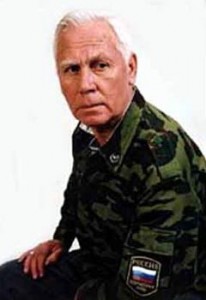
Aleksey Kadochnikov (1935-2019)
Following VA Spiridonov’s death, his work is continued by his student, Aleksey Alekseyevich Kadochnikov (“The Grandfather”) who is widely acknowledged as the father of modern Russian Martial Arts.
A specialist in engineering, rocketry and in a number of combat systems such as the trench fighting Stalingrad method, traditional folk styles as well as Samoz, Aleksey Kadochnikov further develops VA Spiridonov’s work into a cohesive survival method that applies physics and engineering to combat. As it was funded by the security services, this method becomes widely known in Russia as “KGB style”.
Aleksey Kadochnikov’s systema includes hostile environment survival, hand to hand combat, shooting and other military topics. This style is known for its unique teaching method that leverages on theoretical biomechanics knowledge to give its students the information needed to create their own techniques rather than adhering to a rehearsed rigid list of attacks and defences.
The term “Systema” (The system) was initially used by this group in the description of their method yet is now used to describe multiple modern Russian Martial Arts emerging from Russia. It can be safely said that the work of Aleksey Kadochnikov was influential towards the creation of many other modern Russian Martial Arts.
Among the most recognized of these arts is the ROSS (Rossiyskaya Otechestvennaya Sistema Samozashchity) system created by General Alexander Retuinskih.
Expert in both Judo and SAMBO, Retuinskih went on to apply the biomechanical basics from the Kadochnikov School to both military and sport martial arts styles and include SAMBO, Judo, Boxing and bayonet fighting. Kadochnikov and ROSS styles spread at first through some military units and Police officer clubs.


When the Soviet regime collapsed, Systema then became available to the general Russian population
Many other martial artists proceeded to create their own systems based on their exposure to the ROSS, Kadochnikov and Ryabko schools. These include the Siberski Viun (Siberian Bindweed School) and IZVOR group who promote full contact training methods along with the notion found in other modern Russian Martial Arts.
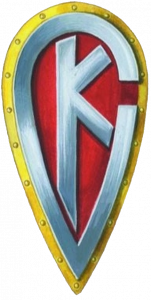
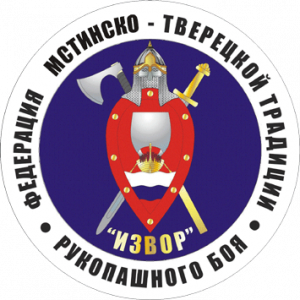
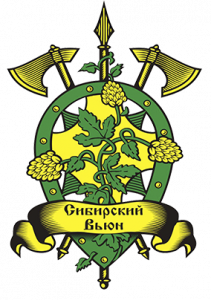

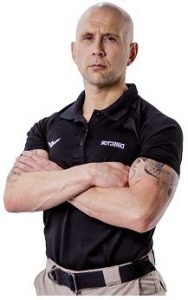
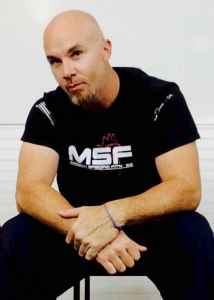

In the 90’s modern Russian Martial Arts schools came to North America: Kadochnikov Systema via Matt Powell, ROSS via Scott Sonnon and what is now known as Systema Vasiliev, founded by Vladimir Vasiliev, a Former Russian soldier who immigrated to Toronto Canada.
A number of sources of both the ROSS and Systema Kadochnikova schools allege that Vladimir Vasiliev initially learnt Russian Martial Arts from a school in Tver that combined karate and Kadochnikov Systema and also attended a number of ROSS seminars. On moving to Toronto Vladimir Vasiliev founded what is now known as the Systema HQ and taught a military based Systema that was often brutal and which was influenced by his training in the Kadochnikov and ROSS styles.
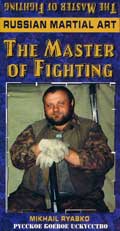
During late 90’s, Vladimir Vasiliev released a DVD entitled ‘The Master of Fighting’ which was shot during a field trip to Russia with a group of his students. During this trip, they studied with two different groups: in the first week, they trained with a pagan cult called Lubki. In the second week, they trained with Michael Ryabko whom he states is the founder of his Systema.
“The Master of Fighting” was the breakthrough for Michael and his unique approach. Focusing on heavy strikes and instinctual movements through free play drills, his method was heavily influenced from the breathing and spiritual practices from Hesychasm, a form of Russian Orthodox Christianity. Promoted by Vladimir Vasiliev and his students, Michael Ryabko became one of the most recognizable Systema instructors in the West.
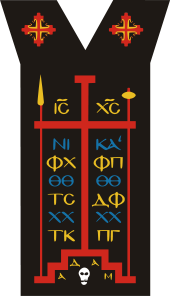
Vladimir Vasiliev began to soften his training methods, stating that most people were not ready for the rough military style. There is no doubt that the influence of Michael Ryabko played a part in this transformation and as Vladimir’s training methods became softer, his school grew into the largest and most popular brand of Systema and Vladimir Vasiliev therefore increased Systema’s exposure and popularity in both Russia and in the rest of the world.


As evolution is a process and not a finality, like the Kadochnikov and ROSS schools before them, Vladimir Vasiliev and Michael Ryabko’s schools have had instructors go their own way and form their own styles.
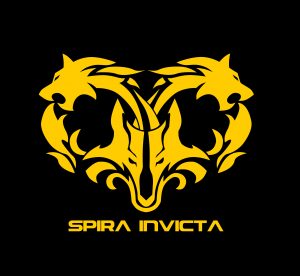


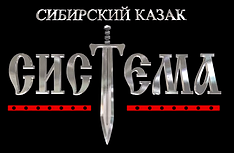

As listing and describing each and every of these specific instructors and their particular styles can be time-consuming, and as history is always in motion, please refer to the Systema Directory and to their particular sites for more info on their specifics.
Like the Cossack traditional arts, Sambo and Samoz led to Systema as we know it today, as Capoeira and Japanese Jiu-jitsu created BJJ, it is vital to remember that martial arts are in a constant state of evolution and as such, it is important to see these changes with positivity and an open mind in order to see what the future will bring.

WhatsApp us